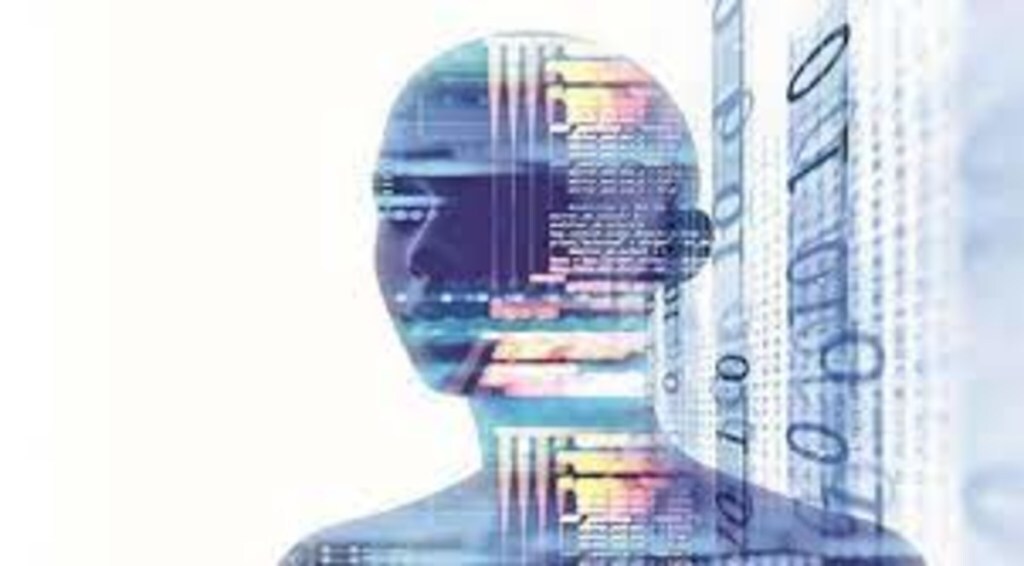Facial Recognition System under Disguise (FRSD) was recently mentioned in a Ministry of Defence (MoD) report on “AI in Defence”. FRSD has been developed by the Defence Research and Development Organisation (DRDO) to address the issue of facial recognition in the wild, where there are wide-ranging issues like low-resolution cameras.
At an interaction with the media persons in New Delhi, top Ministry of Defence (MoD) officials had released a report ‘AI in Defence’. This report talked about FRSD and other facial recognition systems which have been developed for the Indian Army by various agencies under the ministry. Some of these technologies are meant for civilian use too.
FRSD this technology will rely totally on algorithms which will be used to identify the person from low-resolution surveillance camera feeds which are patchy too. According to the report, this technology can be used by the local security agencies for searching across large repositories and can be deployed in restricted zones and security areas. DRDO has developed such a technology that can penetrate under wigs, sunglasses, masks, disguises hats and the like.
Project Seeker
Developed and deployed by the Indian Army is meant for surveillance, garrison security and population monitoring. It can be set up remotely with a field ready system, doesn’t require internet connectivity and is capable of gathering intelligence from multiple sources.
This state of the art system can be deployed in disturbed areas and will help in nonstop monitoring and surveillance.
How FRT works and should one trust it?
Facial recognition has been one of the original problem statements in computer vision and image processing. With the advancements in camera technology and computers, the solution has jumped leaps and bounds. Currently, FRT uses various nifty algorithms to adjudge the similarity of two objects in two different pictures. “These algorithms usually quantify a face using fundamental algorithms like edge detection, contouring and feature mapping to recognise where a face is in an image. It is how many phones put a box on their faces when you use the camera to capture a group photo.
FRT, however, looks further at the specifics of the face that generate multiple data points. In conjunction, these various data points are unique to a degree for each individual. This is how multiple phones use face unlocks that often can differentiate between twins,” explained an Artificial Intelligence (AI) expert who wished to remain anonymous.
Financial Express Online has reported earlier that the facial data gathered from specific demographics can be used in training FR algorithms of Artificial Neural Network. This is meant for ethnicity-based FR accuracy. Also, different social media platforms which gather user’s details based on the searches as well as photos or comments posted, end up transferring huge amounts of personal information about Indians to servers in the US. This includes not only the location details but other personal data too.
Also Read: Can we trust Facial Recognition: Cause of alarm and regulations
However, the accuracy of FRT has constantly been challenged by experts
Why? Because FRT never actually produces a right or wrong statement. Instead, like any other recognition algorithm, it creates a confidence number, usually in percentage, indicating the match’s likelihood. This means that instead of being a dictatorial system, it is a tool and up to the operator to decide how much to rely on it.
How does India compare with other countries?
China, being uber rich and technology keen along with a totalitarian mandate, leads the world in developing FRT for surveillance of its citizens. On average, there are about four cameras for every ten individuals in China. China has created a massive integrated system, the depths exposed during the hack of Shanghai’s police records. Not only is the system able to recognise where each person is, but the police can also maintain notes on each individual pretty easily. Outside the four walls of a house, there seems to be no privacy for an individual. Some banks have allowed their customers to use facial recognition instead of ATM cards to withdraw money.
India has been making quick progress towards a similar system. Based on the information available in the public domain, Indore, Hyderabad, Delhi and Chennai are amongst the top ten cities in the world in terms of cameras per 1000 people. Indore has about 60 cameras per 1000 citizens, while Chennai has about 25 and the rest in between. The true extent of adoption is realised when we see Delhi has the most cameras per square mile worldwide (excluding China). In this top ten list, Mumbai has cropped up too.
However, Russia and UAE have more grave implementations than India. UAE uses facial recognition in over 15 domains. Dubai tracks all individuals at all times, including tourists, and while flying out of the country, present a collation of fines, if any, not paying, which they detain you and bar from returning.
Currently, India is at par with Chile and Japan. Japan has a separate National Public Safety Commission (NPC), which stores the facial images of around 10 million Japanese citizens. It provided the police access to this database to use it with the FRT.
India is expanding & Indigenisation
India is expanding its FRT implementation with more states floating tenders for implementation. Although there is no integration yet, there are reports of an integrated nationwide system like China’s in the pipeline. There are also projects like Seeker, which are standalone systems for disturbed areas that can identify individuals and aid surveillance.
There are some Indian startups at the forefront of FRT. A Gurugram based startup, Staqu, offers a full fledged public sector suite that has various features such as violence detection, automatic number plate detection, and crowd and protect detection, FRT, SOS detection when someone waves into a CCTV and intrusion detection. Another startup is FaceX that has demonstrated 94 percent accuracy in its FRT which it offers as APIs that other software developers can integrate into their applications.


